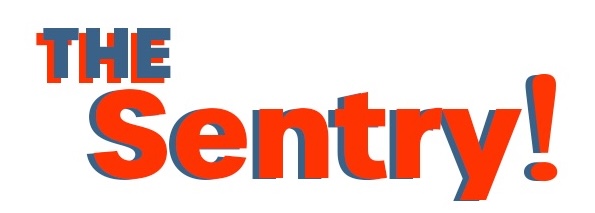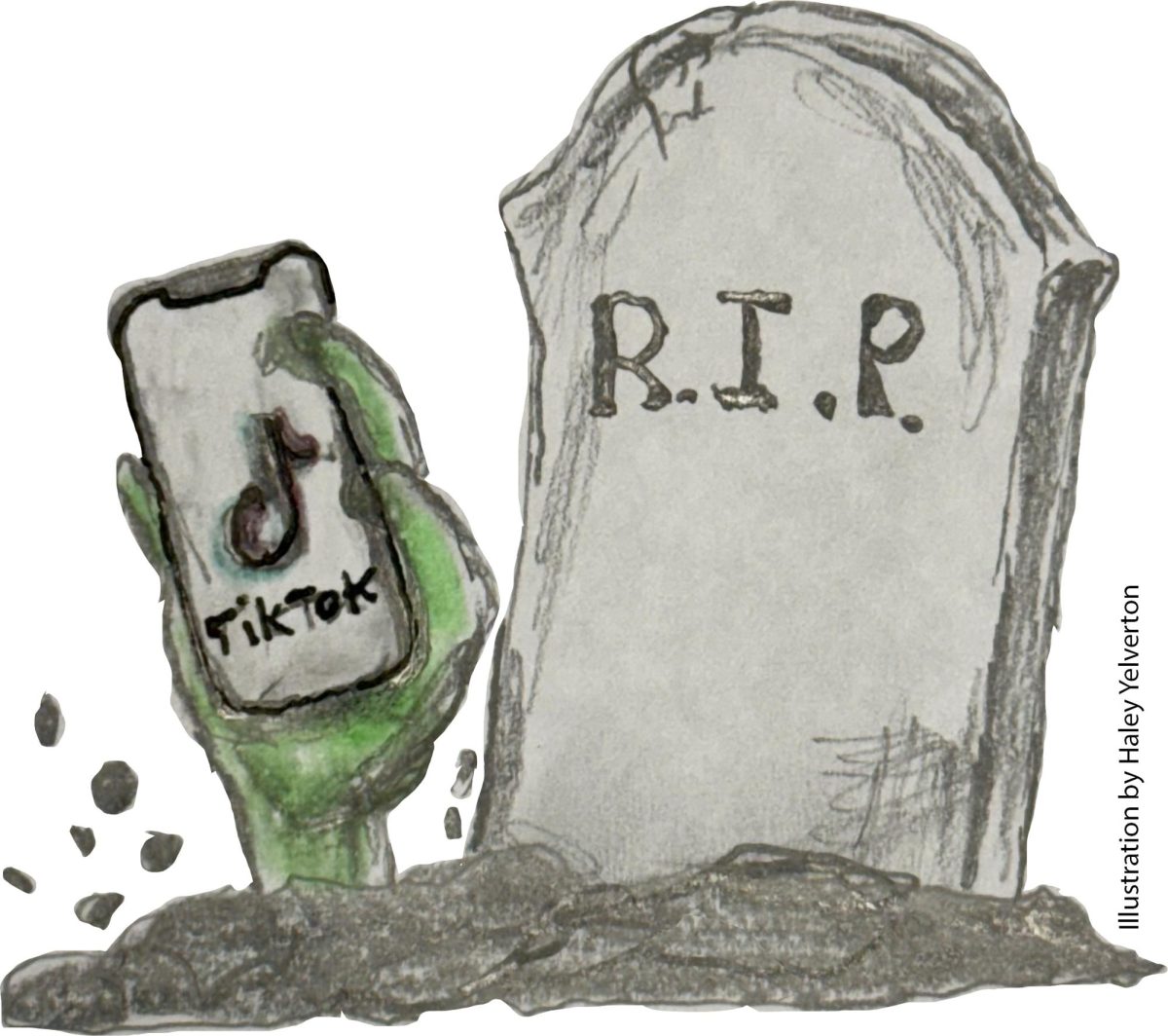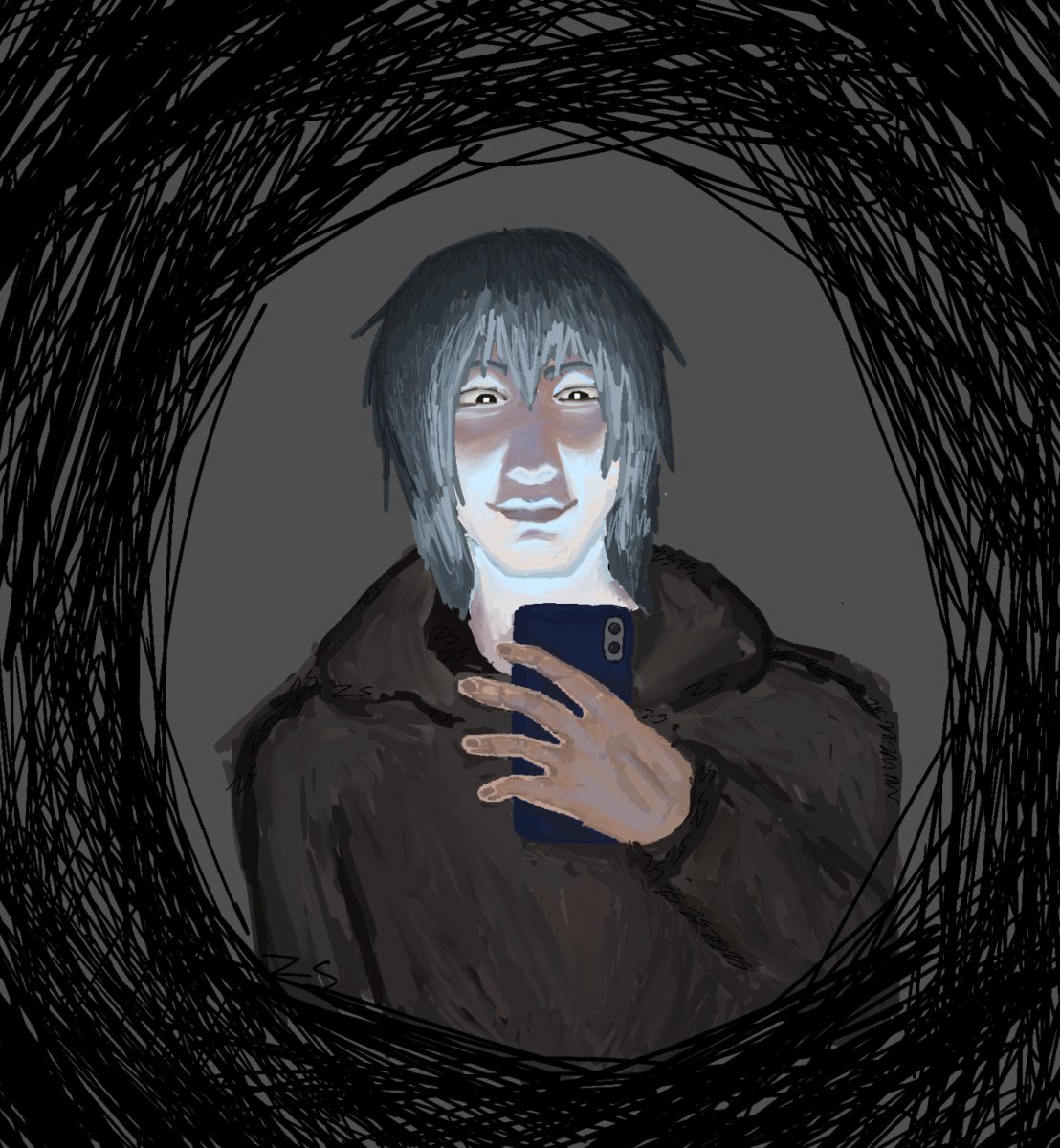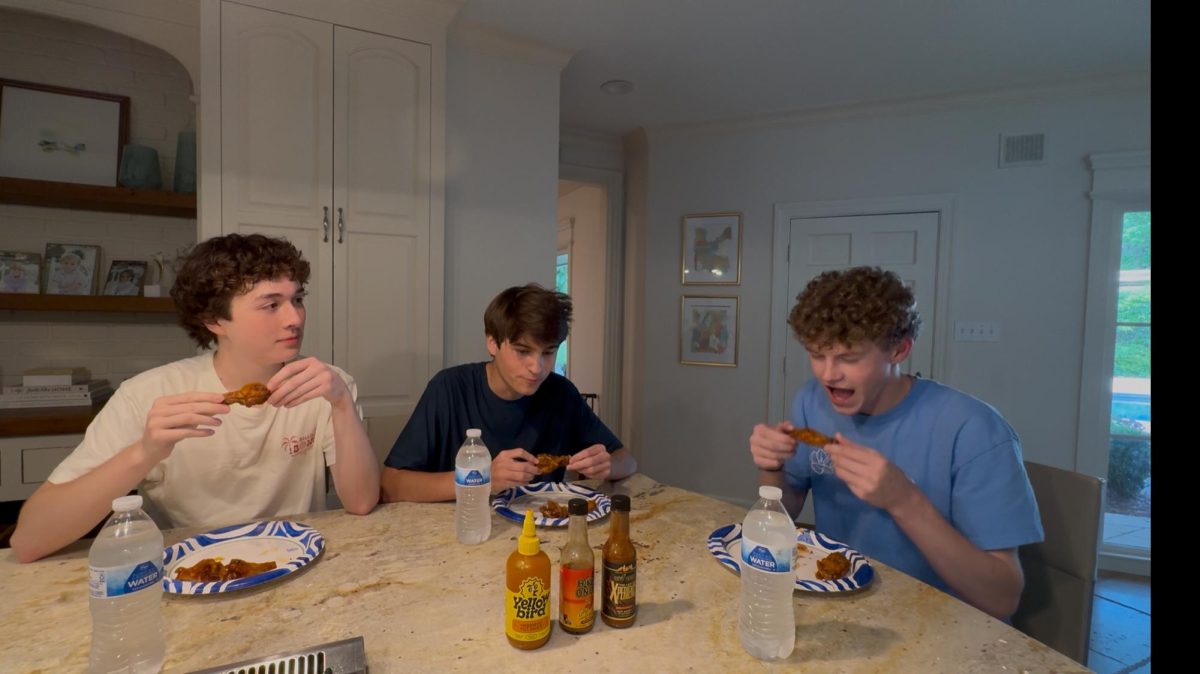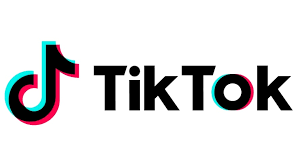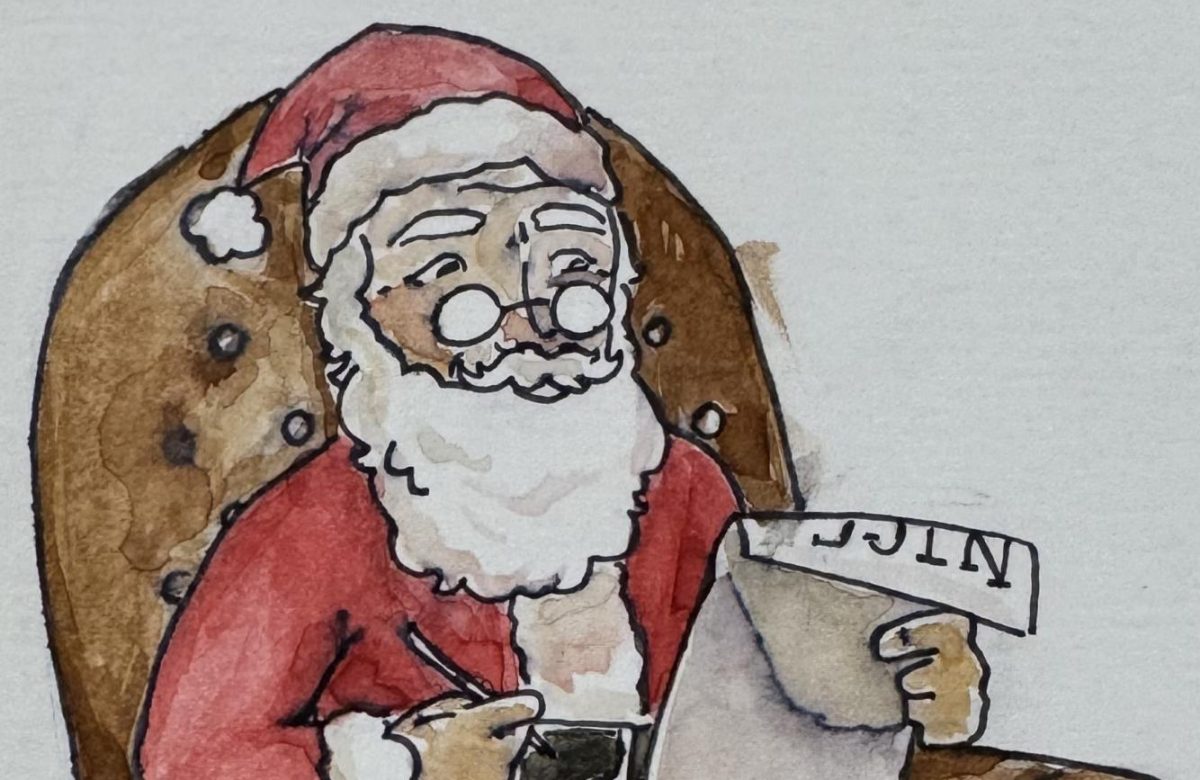The day that TikTok was set to be banned, Sunday, January 19th, came and went, but the app is still accessible, albeit in a limited way. A law upheld by the Supreme Court in the TikTok et al. v. Garland case, the Protecting Americans from Foreign Adversary Controlled Applications Act, which passed in April, made the app illegal in the U.S. unless the operation of the platform in America is relinquished by its owner, ByteDance, a Chinese company. This decision demands a forced sale from the owner if they wish to remain in the U.S. due to security concerns about the possible insidious behavior of the Chinese government, including spying and collecting data of the app’s users.
TikTok shut down on Saturday, January 18th, and Americans were not able to access it any more because the firms that provided web hosting and cloud infrastructure, Oracle and Akamai, stopped providing for the app; additionally, the app was removed from the respective app stores of all mobile devices, making it unable to be downloaded for all American users. What ultimately led to the “end” of TikTok in the U.S.—for about 14 hours—was TikTok itself switching off its servers. Many Americans were dismayed by what felt like an early start to the ban in a belief that Sunday was their final day on the app, but the ban didn’t even last a day; the revivial coming courtesy of incoming President Donald Trump.
In the end, what affected users the most was the anticipation that led up to it. As the days approaching the ban came, this only became more and more evident in the sentiment of many students of Prep; the thought of losing the app was looming over everyone’s minds.
But how has it specifically affected students at Prep? George Hall, a senior, shared how the ban affected him: “The anticipation in the build-up of the days before the ban mentally strained me.”
Another senior, Garrett Hiers, said, “It made me clinically depressed, and I started taking out the anger that built up over nine years into a barrage of attacks on my parents.” While Charlie Graves, also a senior, shared a similar sentiment to the ban as the others, he found a temporary solution: Rednote. He downloaded the app, saying he “hopped on RedNote and gave all my data to the CCP.” From a depression-fueled lashing out on your loved ones to downloading another Chinese app that probably compromises even more information than TikTok ever will, the ban is severely weighing on Prep students.
Trump’s sentiment towards the app and its ban prompted the owner to return service on Sunday, after his final rally where he declared that “TikTok is back” the day before his inauguration and shared his stance on the ban clearly: he said, “We don’t want to give our business to China,” and introduced his policy agenda towards the app that will involve a “joint venture” split in half between the U.S. through an American entity and its Chinese owner. After this, the app was updated to display a more complex explanation for the users attempting to access it, which informed users of the ban and also assured them that a solution was in the works by writing that “We are fortunate that President Trump has indicated that he will work with us on a solution to reinstate TikTok once he takes office.”
On Monday, January 21st, the day of Trump’s inauguration and his first day in office, Trump signed an executive order that paused the law that would delay the ban on the app for 75 days. TikTok’s servers were back up. Oracle and Akamai reversed their actions and began providing support again. All seemed to be well for users with the app already downloaded on their device, as everyone could get back on and enjoy the app as they used to.
One problem remained: new and returning users without the app downloaded cannot reinstall it.
Despite the executive order, the law that bans the app still stands, and Apple and Google are strictly adhering to it; the app store is still without TikTok because anything involved with ByteDance is still considered illegal, and returning these apps to their respective app store will potentially be subject to billions of dollars in fines.
The executive order is not the final solution for the fate of the app; it is more of a stopgap that is being utilized to provide for a time a deliberation between the
U.S. and ByteDance. As Trump envisioned, he wishes to create a deal that will result in the survival of TikTok through his aforementioned “joint venture,” as the law mentions that the app can continue operation if Trump certifies progress made towards reducing the influence of ByteDance.
The future of TikTok in America is still clouded with uncertainty; nevertheless, the outcome of a new, reformed app under more U.S. influence and ownership, meeting the appropriate prerequisites to stay accessible, is a tenable situation given Trump’s staunch policy towards keeping the app for Americans.
